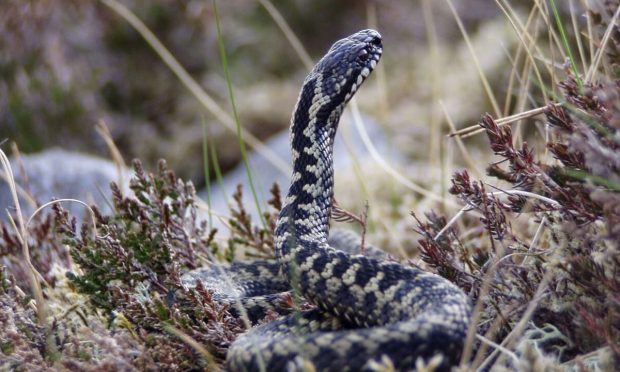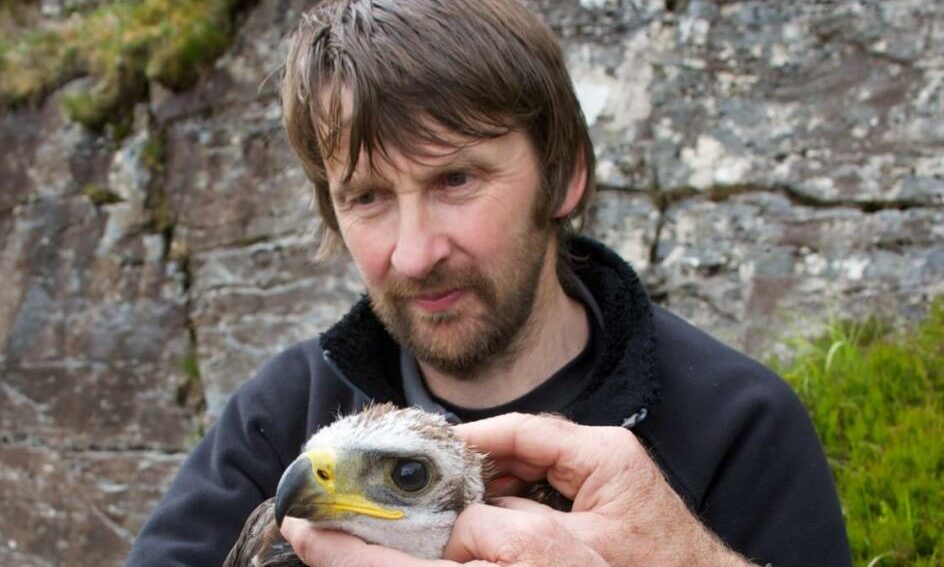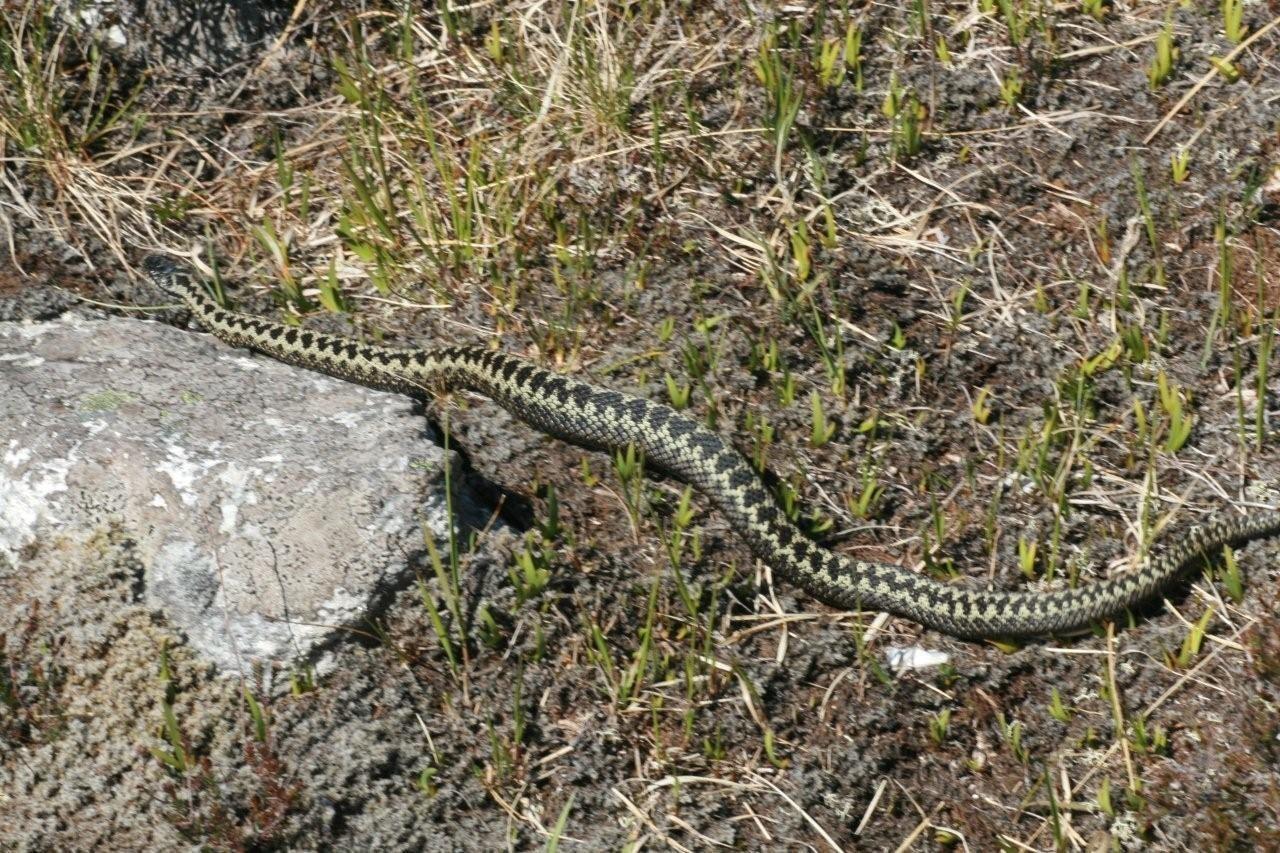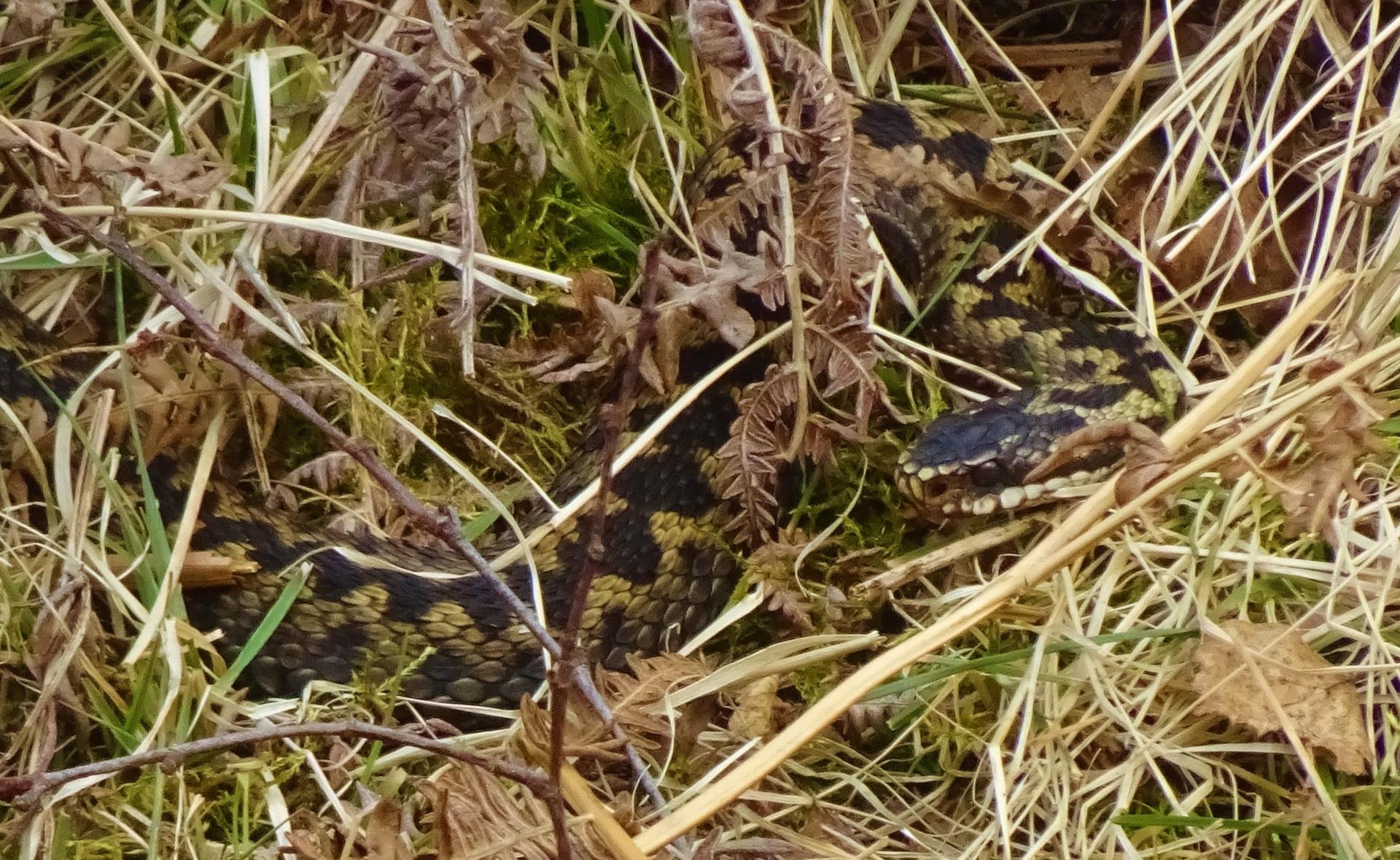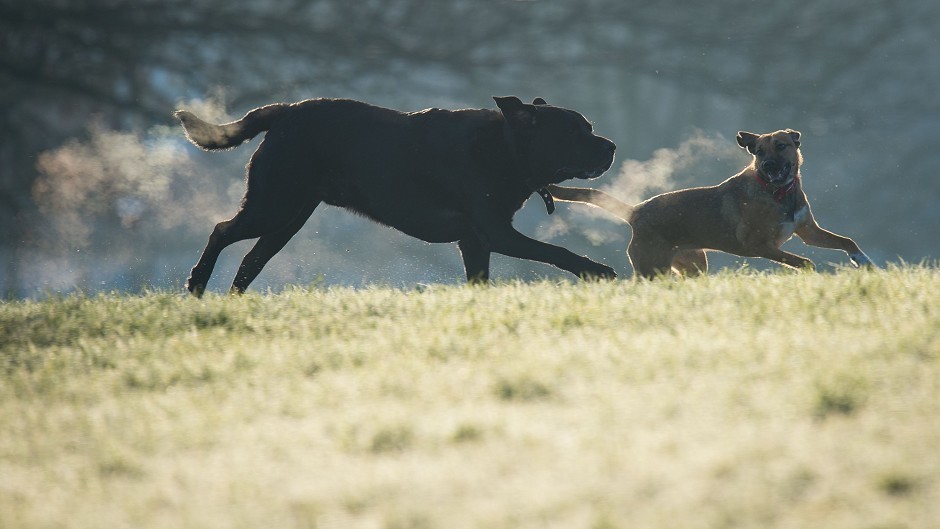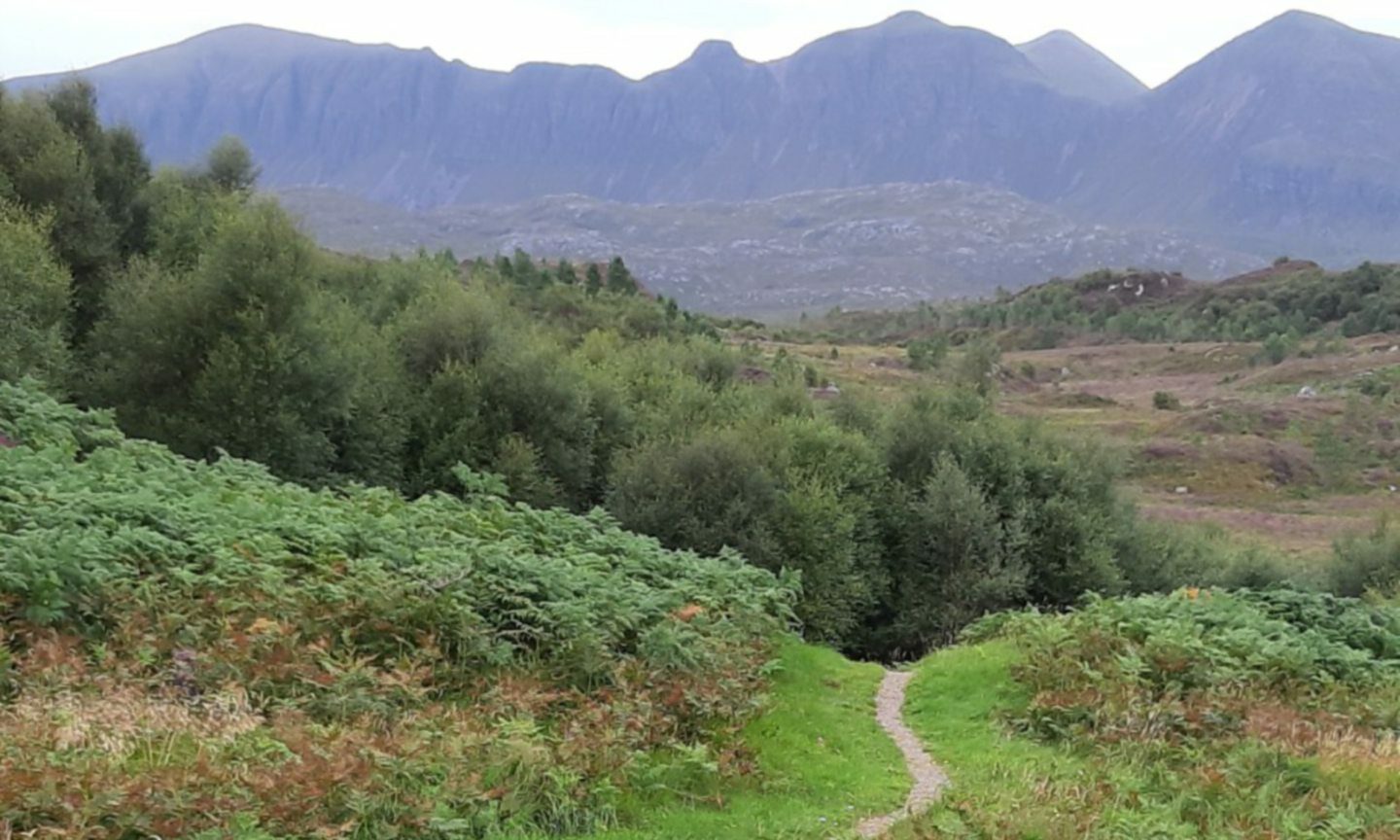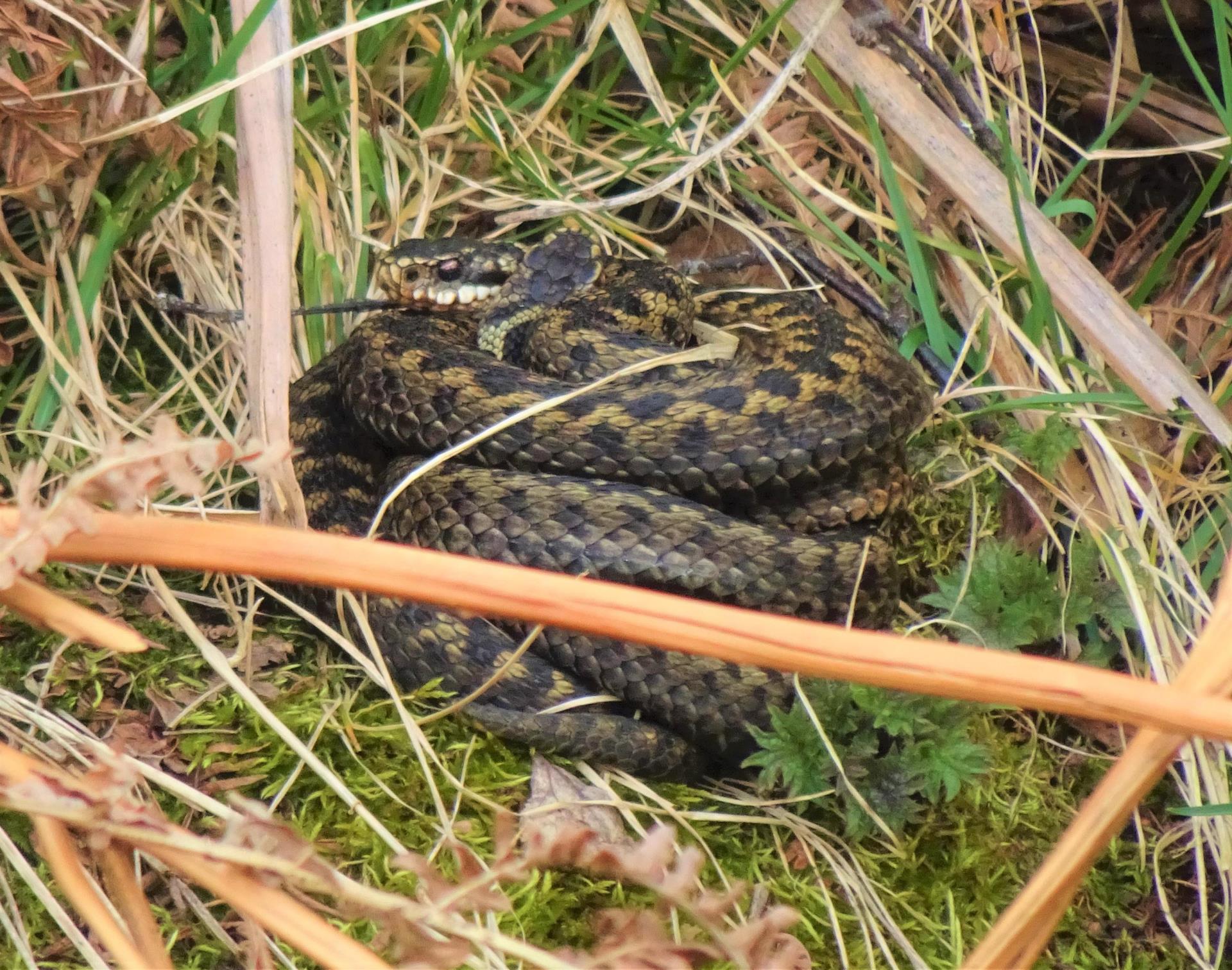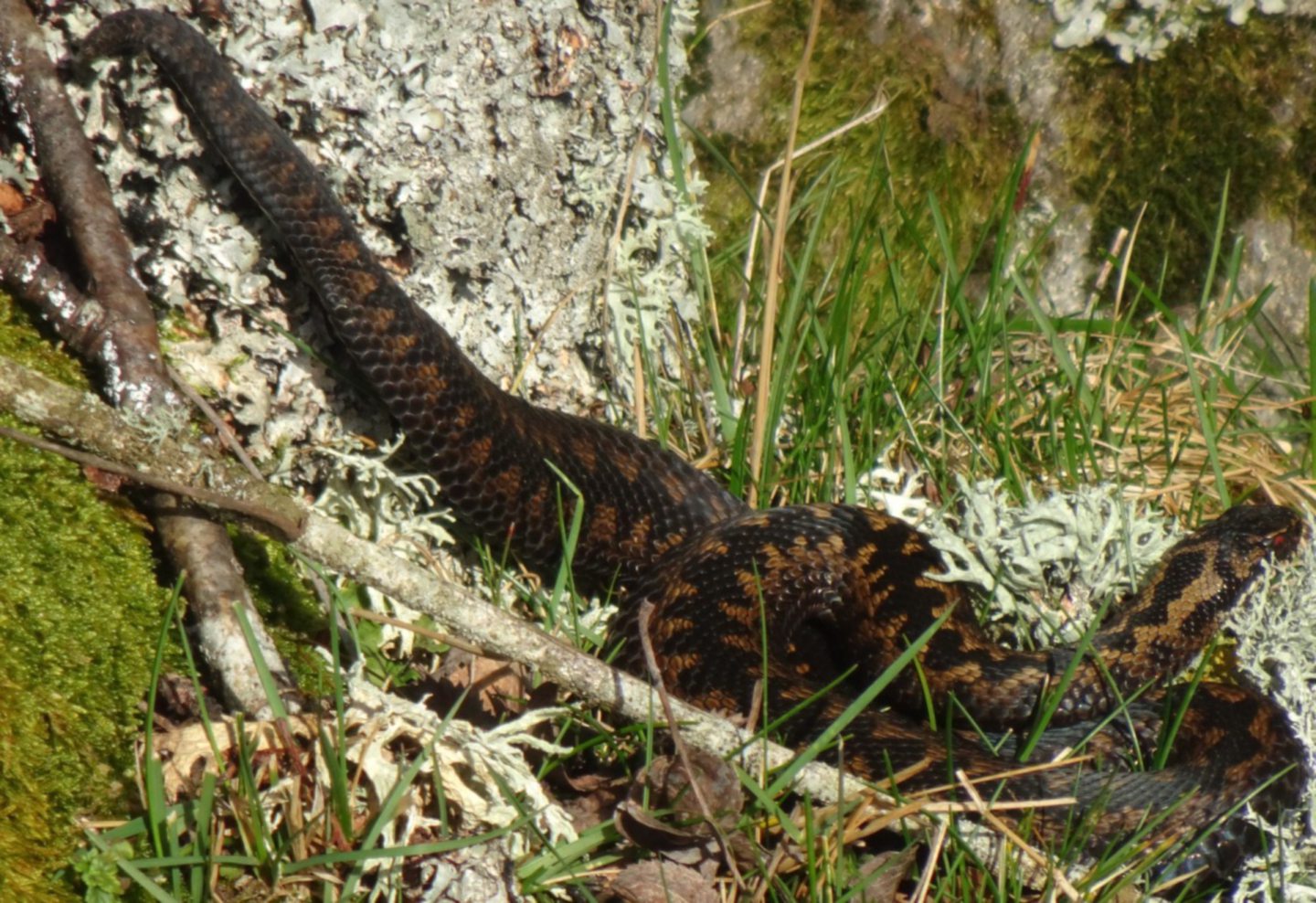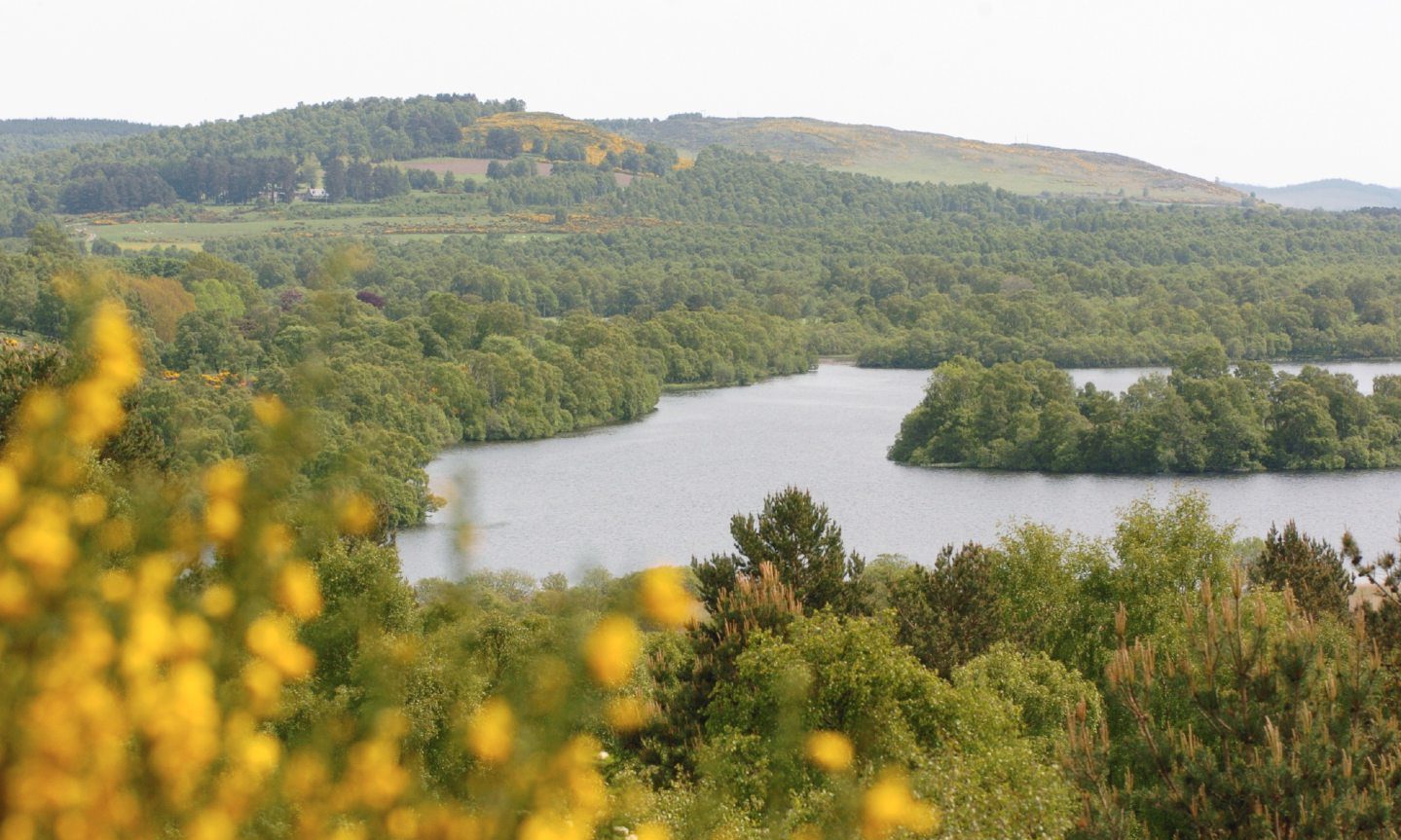As the UK’s only venomous native snake, adders have found it difficult to shed their scary reputation.
But the truth is the animals are facing all manner of threats.
Despite the minor danger they pose to humans, we are a much bigger danger to them than they are to us.
And with the longer, warmer days of Spring and both adders and hillwalkers alike coming out of hibernation, confrontations can be more frequent at this time of year.
Read on to meet the nature lovers and conservationists working to protect this scaly species, and what to do if you or your pets come across an adder.
Are we at risk of losing adders from the wild in the UK?
Adder populations in the UK have been in decline, and to help conserve them, they are a protected species under the Wildlife and Countryside Act.
They are classified as a priority species in the UK Biodiversity Action Plan.
The animals have faced challenges due to factors like habitat loss, manmade fires, and disturbances from people.
But there are a dedicated few who are carrying out efforts to help ensure the species does not go extinct in the UK.
‘They have seen a huge drop in adders’
Andy Summers, High Life Highland countryside ranger for Assynt and senior ranger for the North Highlands, has been working as a ranger for 25 years.
He explained that around the Assynt area, numbers have decreased compared to years gone by.
He said: “I have spoken to quite a few locals who have been here for the last 60 or 70 years, and they say they have seen a huge drop in adders.
“My old neighbour, who is no longer with us, said when he used to go to school on the side of Loch Assynt, there were some days the teacher would keep them in the class for a while longer.
“They didn’t want to let them go because adders were about.
“I think some of the kids had bare feet so they would have been scared that they would have been bitten.”
“You would never get something like that happening nowadays.”
What would make an adder bite you?
The adder is timid creature and unlikely to bite unless threatened, so it is always best to stay as far away from one as possible.
However, this is often easier said than done, as their natural camouflage can make them hard to spot on rocky paths or in the heather.
The most dangerous time to accidentally step on one, says Andy, is when that first spell of Spring sun brings them back to life after hibernation.
Or in the morning when the snakes are cold, and slow to react.
What happens if I get bitten?
Although you are unlikely to be bitten, if you do, you should seek medical help immediately.
The venom can cause severe pain and bad inflammation, however it is only very dangerous to the very young, sick, or old.
The charity Amphibian and Reptile Conservation says bites are “potentially very serious, but effective treatment is readily available for people and pets”.
According to the charity, human deaths from adder bites are “exceptionally rare”, and there have been just 14 recorded incidents since 1876.
And if my dog gets bitten?
You should take your dog to the closest vet as soon as possible, and phone them ahead of time to help them prepare.
The Amphibian and Reptile Conservation charity says it’s good advice to reduce your dogs movement, and carry it if possible instead of letting it walk.
It can sometimes be hard to tell for certain if your dog has been bitten by an adder if the bite took place out of your direct line of sight.
However, vets can do tests to detect adder venom, and look for symptoms associated with an adder bite.
When and where am I most likely to come across an adder?
You can find adders all across the Scottish mainland, but they’re not present on a lot of our islands.
They tend to live in woodlands and on moors.
Andy explained that on cold days they like to go out on paths to bask in the sunshine, so if you’re out walking first thing, be wary where you tread as the snakes can feel the vibrations of human’s footsteps.
They can also leave behind more telltale signatures of their presence.
Andy said: “They’re territorial creatures of habit.
“If you come across their shed skin, you can be sure an adder is about.”
Why nature lovers make “adder pilgrimages”
With all of these important warnings about adders to consider, there’s no doubting these snakes are an acquired taste.
But Kirstin Mair is definitely an adder person, and she says there are many adder aficionados like her.
As site manager at Aberdeenshire’s Muir of Dinnet National Nature Reserve she comes across adders so frequently that she’s given them pet names that reflect their individual personalities.
“We are one of the best places in Scotland to see one – I think on one of my best days here I saw five females and eight males,” said Kirstin.
“A few years ago we had a female who was called Mean Green – she was not ever in the best of moods, she did strike pose and hiss at people.
“And we had one called Miss Adder – she was not bothered by anyone.
“She would just sit there and calmly watch the world go by. They have got great personality.”
Kirstin explained that some visitors repeatedly return to the Muir of Dinnet from far and wide to see the snakes year after year, and she loves to see visitor’s faces when they spot one.
Kirstin continued: “People take adder pilgrimages here, I have met some brilliant people around adders.
“We have got some couples who have their wedding anniversaries in September who spend a day here looking for baby adders.
“Adder people are really dedicated.”
You may also like:
- The Assynt Wildlife Mapping Project, to report sightings of adders in Assynt
- The national Make The Adder Count project
More stories about nature from the Press and Journal:
- Gallery: Ellon treated to spectacular starling display at sunset
- The bird-rescuing Countess of the Highlands
- Meet Scotland’s most critically endangered shark you’ve never heard of and the people trying to save it
